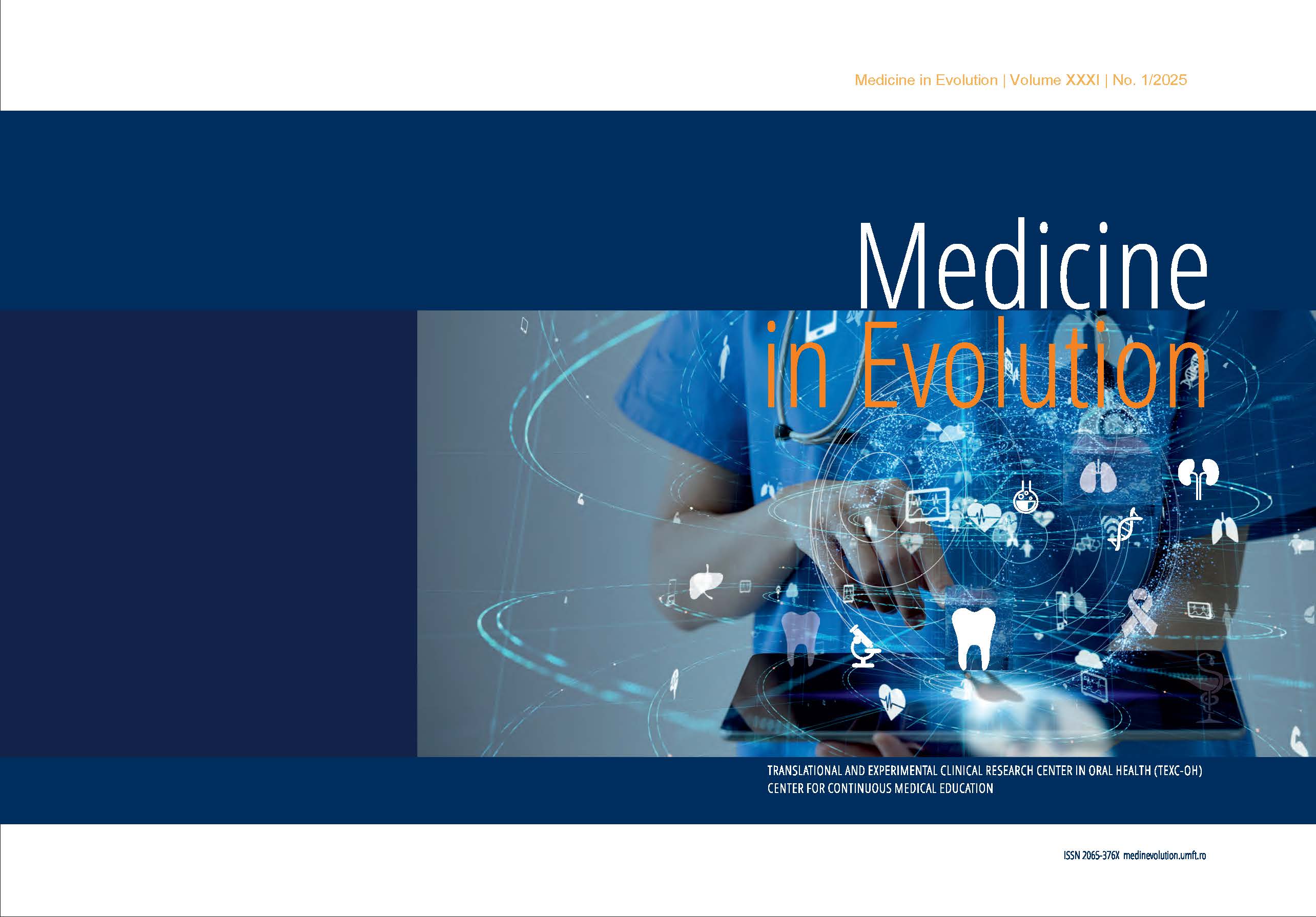Assessing the Diagnostic Potential of Brush Biopsy for Oral Cancer Detection
Main Article Content
Abstract
1.Background/Objectives::This study aims to assess the effectiveness of brush biopsy in detecting malignancies in the oral cavity through clinical examinations of patients attending regular dental check-ups. Additionally, it evaluates the diagnostic value of brush biopsies by analysing the cytological results, risk factors, and lesion localization while discussing the role of oral cancer prevention and the method’s advantages and limitations in routine dental practice. 2.Material and methods: After a detailed inspection and palpation of the soft tissue in the oral cavity, cells from a suspicious, potentially precancerous lesion were collected using a cytobrush, which was stroked multiple times over the lesion in a rotating motion under light pressure in order to obtain as many cells as possible. The present study included 60 patients who met the eligibility criteria, selected based on age distribution (18 to 90 years old) and assessed for key risk factors such as alcohol consumption and smoking habits. 3.Results: The obtained results confirmed that leukoplakia was the most frequently diagnosed condition, summing 25% of all cases, that represent 17 out of the lesions identified, while lichen planus represented 19% of diagnoses, with 13 cases detected, both being recognized as premalignant lesions requiring careful monitoring. 4.Conclusions: Brush biopsy is a non-invasive, cost-effective, and easily integrated diagnostic tool for early oral cancer detection, complementing traditional biopsy methods by enabling timely intervention, reducing unnecessary surgical procedures, and supporting preventive dental care, with further research needed to validate its clinical role.
Article Details

This work is licensed under a Creative Commons Attribution 4.0 International License.
